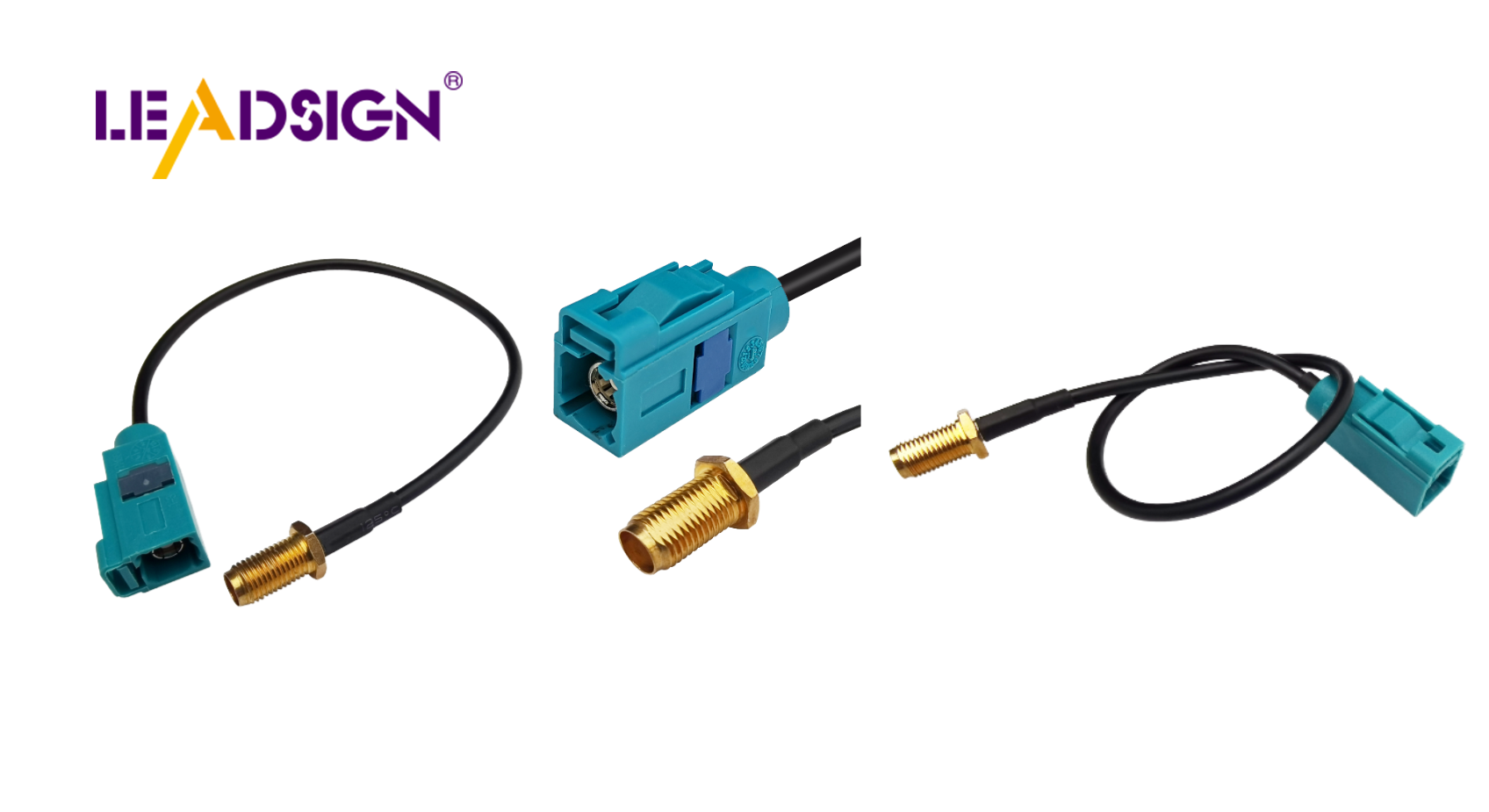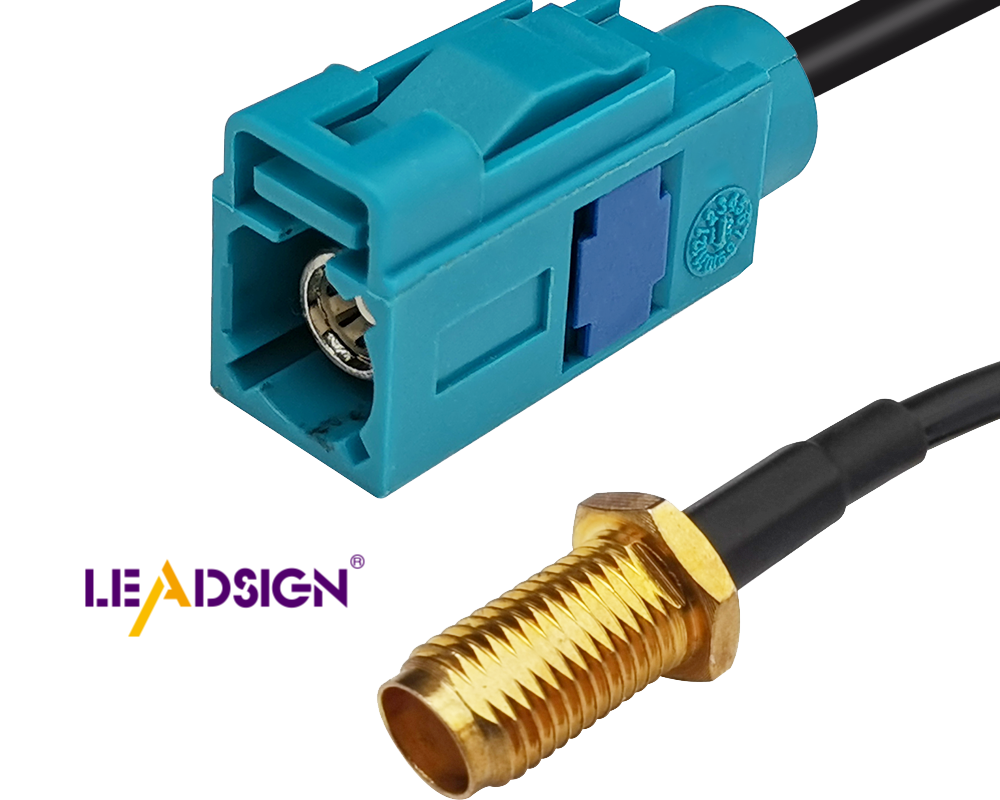SMA Connector Guide: Quick Specs Overview

SMA connectors play a crucial role in RF systems, particularly in radio antenna applications. They are widely used due to their excellent performance at high frequencies, with standard models operating up to 18 GHz and specialized versions reaching up to 26.5 GHz. Their compact size and screw-on design make them ideal for precise applications. SMA connectors are prevalent in radio antennas, telecommunications, and measurement instruments. With annual sales exceeding $300 million globally, their significance in facilitating effective signal transmission across various platforms is evident.
Technical Details of SMA Connector
Resistance Level
Usual resistance numbers
The SMA connector usually has a resistance of 50 ohms. This common number helps it work with most RF systems. This level is key for keeping signals strong in many uses.
Role in RF systems
In RF systems, matching resistance is important. It cuts down on signal bounce and loss. Using SMA connectors with the right resistance makes sure signals move well. This is very important in high-frequency uses where small mismatches can cause big problems.
Frequency Limits
Normal frequency limits
SMA connectors work well up to 18 GHz. Some better types can go as high as 26.5 GHz. This big range makes them good for many things, like phones and special measuring tools.
Effect on how they work
The frequency limit of an SMA connector affects how it works. Higher frequencies let signals be more exact and clear. You get less noise and better sound in your RF systems, making SMA connectors a top pick for high-frequency needs.
Building Materials
Usual materials used
SMA connectors are often made from stainless steel or brass. These materials make them strong and tough. The PTFE inside the connector is also important because it handles high frequencies without losing quality.
Strength and trust factors
What they're made from affects how long they last and how reliable they are. Stainless steel resists wear and rust well, so it lasts long. Brass isn't as tough but costs less without losing much quality. Picking these materials means your RF systems stay strong and trustworthy over time.
Applications and Benefits of SMA Connector

Versatility
SMA connectors are very flexible. They work in many areas. You see them in telecommunications, space, and medical tools. They handle high frequencies well. This makes them important.
Various use cases
Telecommunications: SMA connectors are used in radio antennas. They help keep signals clear for good communication.
Aerospace Systems: In space, strong connections matter a lot. SMA connectors stay stable even when conditions are tough.
Medical Devices: These connectors are precise and reliable for medical machines where data must be accurate.
Adaptability to different systems
SMA connectors fit into different systems easily. They come in many designs and can be customized for specific needs like high-frequency tasks or general uses.
Reliability
SMA connectors are known for being dependable. They give steady performance over time, which is key for important tasks.
Performance consistency
They keep connections stable and reduce signal loss, which is crucial where small issues can cause big problems.
Long-term benefits
Using these connectors saves on repairs and helps systems last longer because they’re made from strong materials like stainless steel and brass.
"Southwest Microwave's SuperSMA shows how reliable these connectors are with its special design."
This quote shows why SMA connectors are trusted in important jobs.
Customization Choices for SMA Connector
Different Designs
SMA connectors come in many designs for different uses. They have various setups to fit specific needs.
Custom Design Options
Panel/Box Mount: These let you attach SMA connectors to panels or boxes securely, keeping connections stable.
Adapters and Housings: Choose from different adapters and housings for flexible connections.
Coaxial to Waveguide: This design is great for changing from coaxial cables to waveguides.
Fitting Specific Needs
You can customize SMA connectors for your special needs. Whether it’s for PCB microstrip, amplifiers, or oscillators, you can adjust the design for best performance. This makes sure your RF systems work well.
Extra Features
SMA connectors have extra features that improve how they work and fit in.
Functionality Improvements
High Frequency Use: Regular SMA connectors go up to 18 GHz; better ones reach 26.5 GHz, perfect for high-frequency tasks.
Threaded Connections: The screw-on design keeps connections secure and reduces signal loss.
Optional Extras
PTFE Inside: This material helps handle high frequencies without losing quality.
Torque Rules: Special torque rules keep the connector strong over time.
By knowing these customization choices and extra features, you can pick the right SMA connector for your RF needs. They offer precision and reliability with flexibility to fit different systems and places.
SMA connectors are important for many uses. They work well up to 26.5 GHz, making them great for precise tasks. Their small size and strong connection make them useful in areas like phones and space. You can change them to fit what you need. Use SMA connectors in your projects for their trustworthiness and flexibility. They are used a lot and are key in today’s RF systems.
See Also
Exploring Fakra to SMA Connectors: An In-Depth Overview
The Significance of Fakra to SMA Connectors in RF Implementations
An Extensive Overview of HSD Connectors

